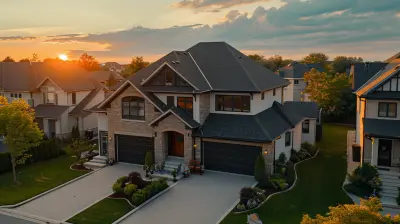How Hybrid Work Models Are Influencing Office Space Design
24 May 2025
The way we work has changed dramatically over the past few years. Gone are the days of rigid 9-to-5 schedules and packed office spaces. Instead, hybrid work models—where employees split their time between home and the office—have become the norm. This shift has had a massive impact on office design, forcing companies to rethink traditional workspaces to accommodate flexibility, collaboration, and employee well-being.
So, what does this mean for the future of office spaces? Let’s dive into how hybrid work models are reshaping office design and what businesses are doing to adapt.
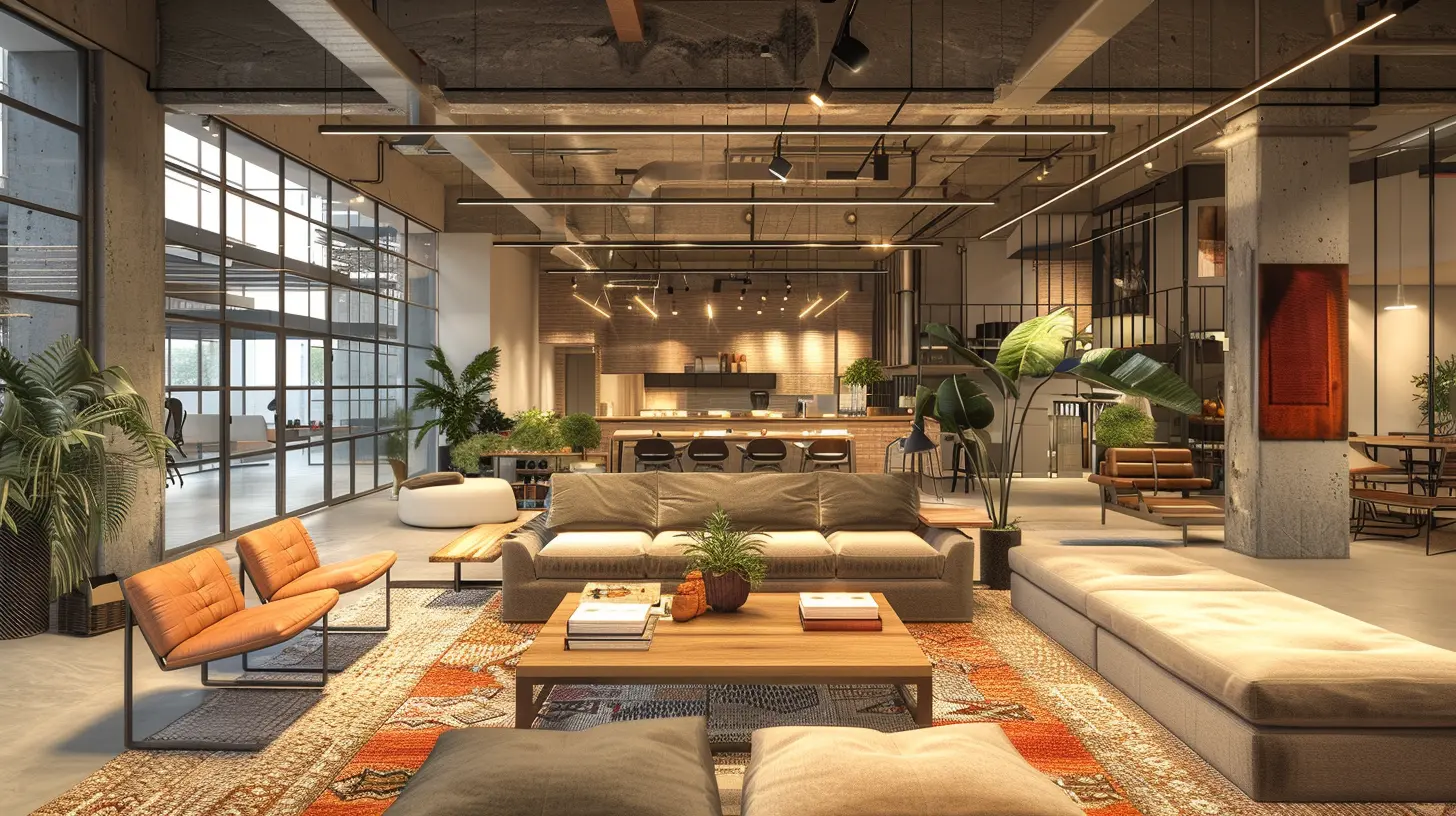
The Rise of Hybrid Work and Its Impact on Office Spaces
Hybrid work isn’t just a trend—it’s here to stay. Many employees now expect the freedom to work remotely while still having access to a physical office when needed. This shift has made companies rethink how they use office space. Instead of the old-school approach where every employee had their own dedicated desk, businesses are now focusing on creating more dynamic and flexible work environments.Gone are the rows of cubicles and assigned desks. Instead, companies are embracing hot desking, collaboration zones, and multi-purpose spaces that can accommodate different types of work. The goal? To create an office that supports both in-person collaboration and remote work seamlessly.
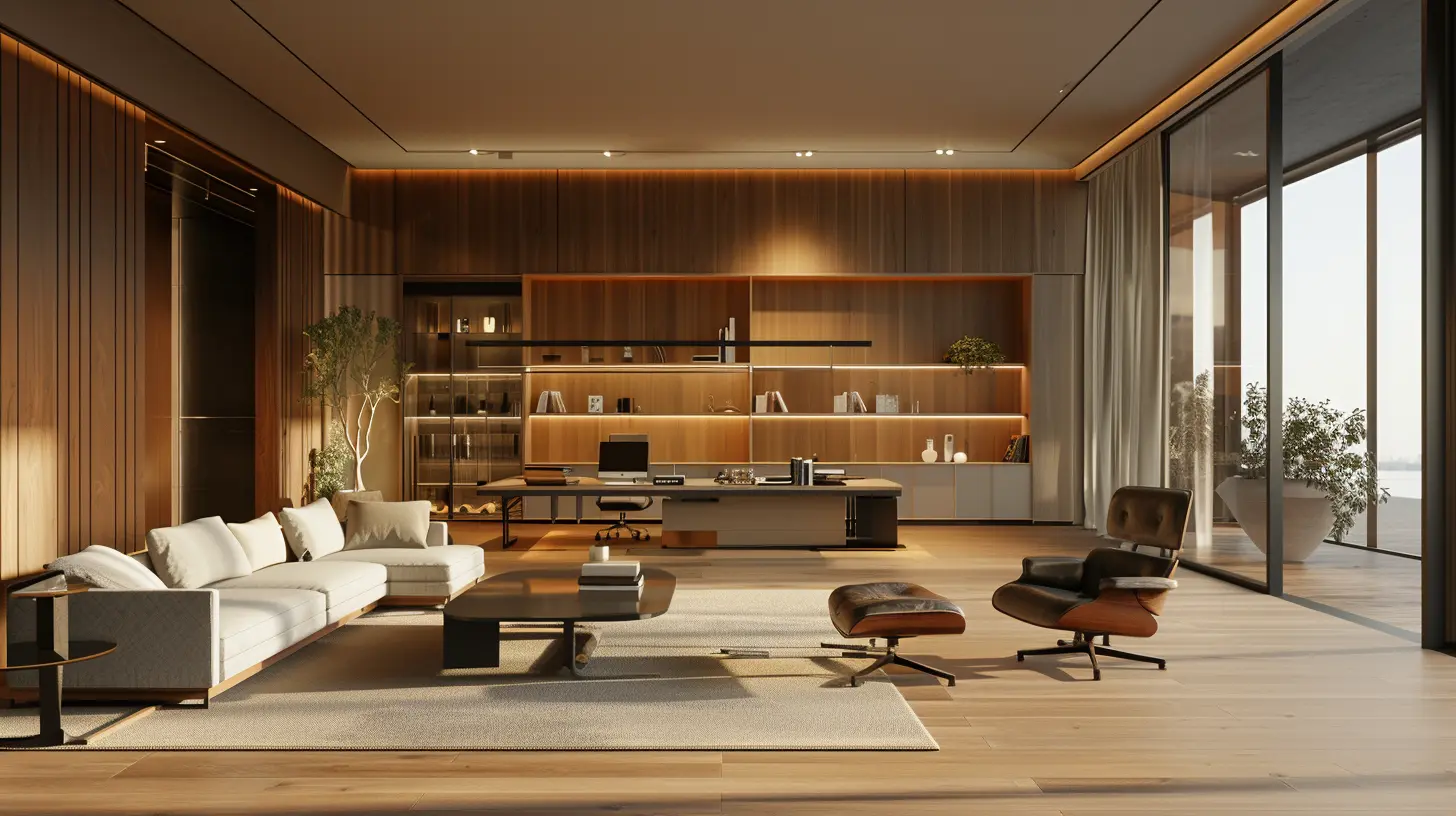
Key Changes in Office Space Design Due to Hybrid Work
Let’s break down the specific ways office designs are evolving to support hybrid work models.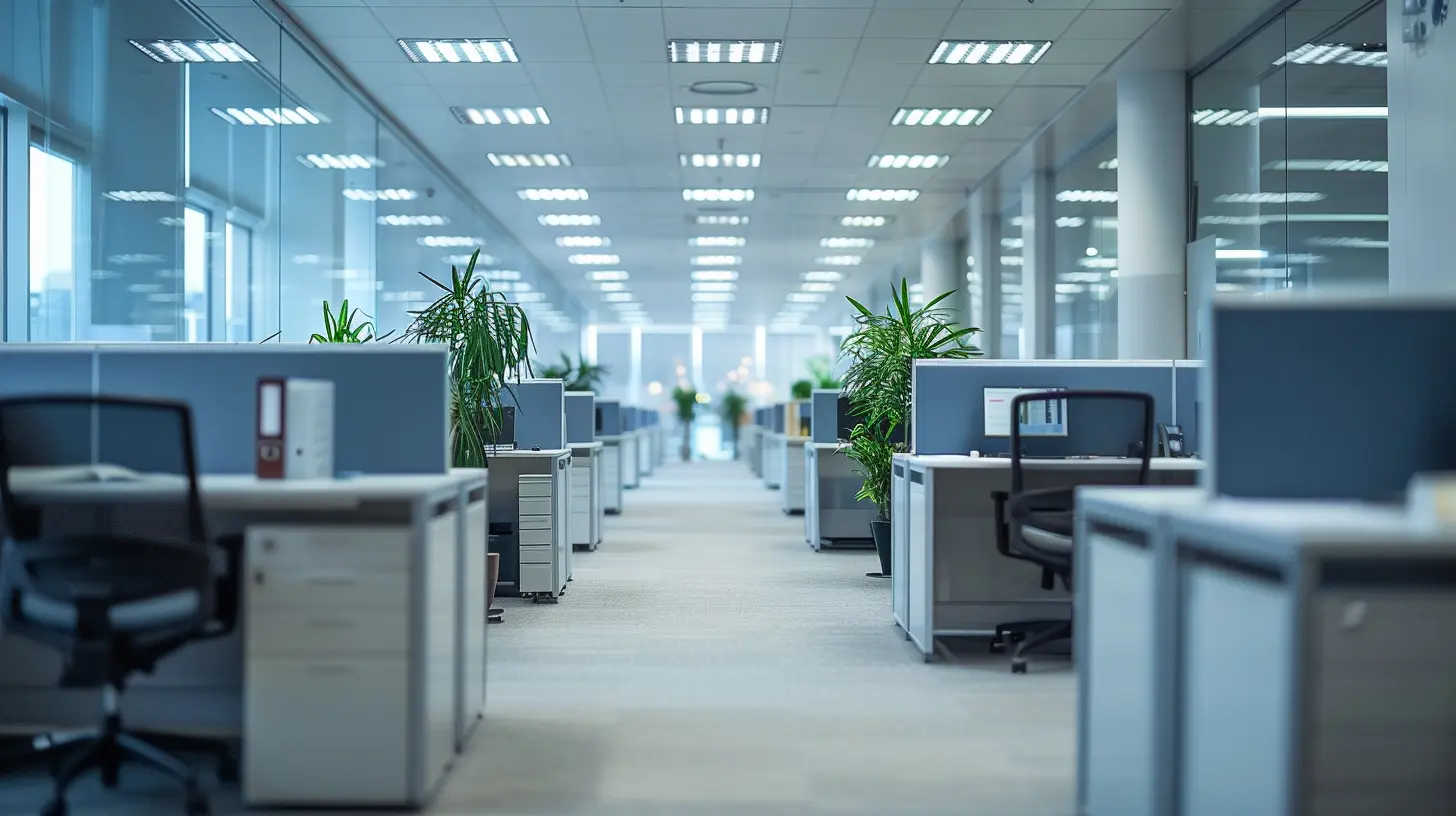
1. Flexible Workspaces Over Assigned Desks
Traditional office layouts often featured rows of assigned desks and cubicles. But in a hybrid world, where employees may only come into the office a few days a week, having a dedicated desk for everyone just doesn’t make sense.Instead, companies are embracing hot desking—a system where employees can reserve a desk when they need it. Alongside this, activity-based workspaces are becoming more popular. These spaces allow employees to choose a work setting that best fits their task, whether it’s a quiet zone for deep focus, a casual lounge for brainstorming, or a standing desk for quick tasks.
2. Collaboration Zones for Teamwork and Creativity
Since employees aren’t in the office every day, when they do come in, it’s often for teamwork and collaboration. Office designs are adapting by creating more open collaboration zones with whiteboards, cozy seating arrangements, and tech-equipped meeting rooms.Some companies are even introducing huddle rooms—small, private spaces designed for brainstorming sessions, video calls, or a quick team catch-up. These spaces give employees the flexibility to work together without booking a large conference room.
3. Technology-Integrated Workspaces
With hybrid work, technology is at the core of office design. Employees need seamless ways to connect with remote colleagues, which means offices are now being equipped with high-quality video conferencing tools, smartboards, and wireless presentation systems.Some businesses are also using booking apps to allow employees to reserve desks, meeting rooms, or even parking spots in advance. This helps avoid overcrowding and ensures that office spaces are being used efficiently.
4. Well-Being-Focused Design
Companies are prioritizing their employees’ well-being now more than ever. After all, a happy and healthy workforce is a productive one. This is leading to:- More natural light: Studies show that exposure to natural light can boost mood and productivity. Offices are incorporating larger windows and skylights to maximize daylight.
- Biophilic design: Bringing the outdoors in is a big trend. Offices are adding indoor plants, green walls, and even outdoor workspaces to create a more refreshing environment.
- Ergonomic furniture: Adjustable desks, supportive chairs, and posture-friendly workstations are becoming the norm to prevent discomfort and long-term health issues.
5. Office Spaces That Feel Like Home
Since employees have become accustomed to working from home, they now expect office environments that feel just as comfortable. This has led to the rise of resimercial design—a blend of residential and commercial aesthetics. Think comfortable seating, warm lighting, and cozy breakout areas that make the office feel more inviting.6. Smaller, Multi-Use Office Spaces
Because fewer employees are coming into the office every day, many companies are downsizing their office space. But instead of just cutting back on square footage, they’re making smarter use of the space they have.Offices are now designed with multi-functional areas that can serve different purposes. A lounge area might double as a casual meeting spot, or a large conference room might be divided into smaller pods when needed. The focus is on maximizing flexibility to accommodate a changing workforce.
7. Enhanced Employee Experience with Smart Offices
The modern office isn’t just about desks and chairs—it’s about creating an experience. Smart offices are using technology to enhance convenience and efficiency. Some innovations include:- Touchless entry systems for enhanced hygiene and security
- Air quality sensors to monitor and improve indoor air circulation
- Smart lighting that adjusts based on natural light and occupancy
- AI-powered scheduling systems to help employees plan their office visits efficiently
8. Sustainability-Driven Office Design
With sustainability being a key concern for many businesses, office design is also becoming more eco-friendly. Companies are adopting:- Energy-efficient lighting and appliances
- Recycled and sustainable materials for furniture and decor
- Waste reduction programs, including better recycling and composting options
- Improved HVAC systems to reduce energy consumption and improve air quality
These initiatives not only benefit the environment but also appeal to employees who care about working for socially responsible companies.
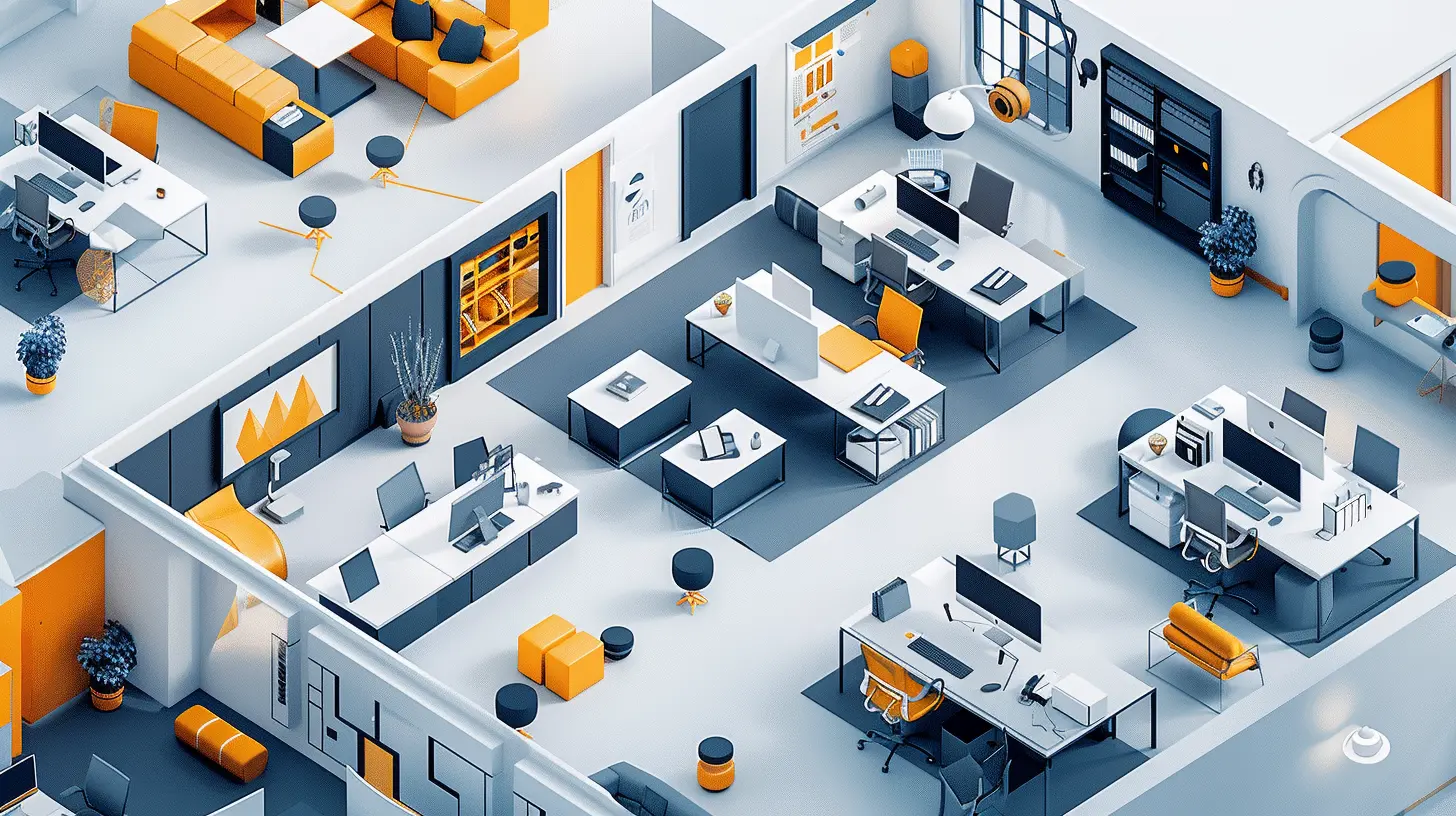
Final Thoughts
The hybrid work model is reshaping office spaces in ways we couldn’t have imagined a few years ago. Gone are the days of rigid layouts and uninspiring cubicles. Instead, modern offices are becoming more flexible, collaborative, tech-savvy, and employee-friendly.Businesses that embrace these changes will see happier, more engaged employees who enjoy coming into the office—not because they have to, but because they want to. The future of office design is all about balance—creating spaces that support both remote work and in-person collaboration seamlessly.
So, if you’re a business owner or an office designer, now’s the time to rethink the office space. Because the office of the future isn’t just a place to work—it’s a space where employees can thrive.
all images in this post were generated using AI tools
Category:
Real Estate TrendsAuthor:

Cynthia Wilkins
Discussion
rate this article
3 comments
Ashley Diaz
Hybrid work models are revolutionizing office design, prioritizing flexibility and collaboration. This shift empowers businesses to create dynamic environments that enhance productivity.
May 27, 2025 at 11:31 AM

Cynthia Wilkins
Thank you for your insights! I agree—hybrid work models truly are transforming office design by fostering environments that encourage flexibility and collaboration, ultimately driving productivity.
Emma Valentine
Great insights! Exciting times for design!
May 26, 2025 at 2:56 AM

Cynthia Wilkins
Thank you! I'm glad you found it insightful. Exciting changes indeed!
Harrison Wheeler
Great insights! It's fascinating to see how hybrid models are reshaping the future of office design.
May 24, 2025 at 12:14 PM

Cynthia Wilkins
Thank you! I'm glad you found the insights valuable. Hybrid models are indeed transforming how we think about office spaces.



